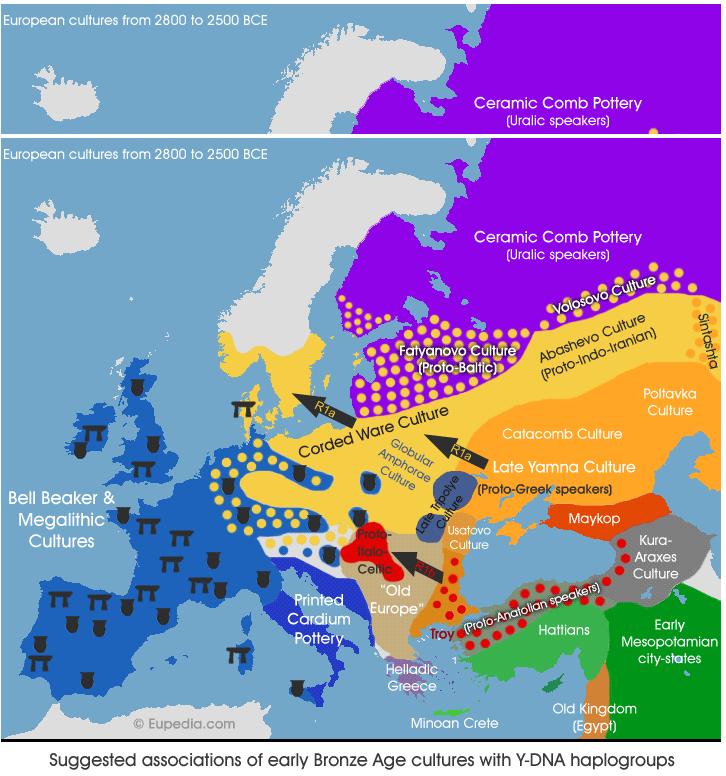I think Daniel Gabriel Alessandro Saucedo Grzechowski looks very Swedish. He was born in Sweden. But he is of Polish & Bolivian roots.
He must be of Iberian Bolivian Roots or else he would not have turned out so light.
But, Danny does have a very classic Scandinavian Nordic look. He has a mix of Polish & Iberian features. He has some of the Polish eye & cheek bones & yet some of the more thin facial features & close cut jaw lines & Jaws that many Iberians & Swedes have.
There are some pictures of him in this video.
youtube.com/watch?v=SVOKo7QVY1c
The Genetic evidence really does support that Scandinavians are a mix of people who came from Poland mixed with people who came from Iberia.
For Example the R1a haplogroup in Scandinavia which is quite high comes from Poland as Poland has the highest R1a in Europe.
While the I1 haplogroup in Scandinavia apparently comes from Iberia. The Latest genetic research suggests I1 haplogroup common in Scandinavia started in Iberia.
That R1b haplogroup in Scandinavia also is thought to have spread from Iberia.
I uploaded 2 maps below.
#1 photo on the left is the spread of the Haplogroups in Europe.
#2 photo on the right is a map of the cephalic index in Europe which shows links in cephalic index in Scandinavia similar to Iberia & North Africa.
It has long been held that Polish & Russian / Slavic stock are a mix of Scandinavian.'
But, The evidence actually supports the opposite that Scandinavians are a mix of Slavic type stock with an Iberian type stock.
Here I posted the links because they don't post well
The Blue in Western Europe in this map is I1 haplogroup common in Scandinavia today.
So this map directly shows how R1a people from Poland & I1 people originally from Iberia moved in to Scandinavia to create Scandinavians.
He must be of Iberian Bolivian Roots or else he would not have turned out so light.
But, Danny does have a very classic Scandinavian Nordic look. He has a mix of Polish & Iberian features. He has some of the Polish eye & cheek bones & yet some of the more thin facial features & close cut jaw lines & Jaws that many Iberians & Swedes have.
There are some pictures of him in this video.
youtube.com/watch?v=SVOKo7QVY1c
The Genetic evidence really does support that Scandinavians are a mix of people who came from Poland mixed with people who came from Iberia.
For Example the R1a haplogroup in Scandinavia which is quite high comes from Poland as Poland has the highest R1a in Europe.
While the I1 haplogroup in Scandinavia apparently comes from Iberia. The Latest genetic research suggests I1 haplogroup common in Scandinavia started in Iberia.
That R1b haplogroup in Scandinavia also is thought to have spread from Iberia.
I uploaded 2 maps below.
#1 photo on the left is the spread of the Haplogroups in Europe.
#2 photo on the right is a map of the cephalic index in Europe which shows links in cephalic index in Scandinavia similar to Iberia & North Africa.
It has long been held that Polish & Russian / Slavic stock are a mix of Scandinavian.'
But, The evidence actually supports the opposite that Scandinavians are a mix of Slavic type stock with an Iberian type stock.
Here I posted the links because they don't post well
The Blue in Western Europe in this map is I1 haplogroup common in Scandinavia today.
So this map directly shows how R1a people from Poland & I1 people originally from Iberia moved in to Scandinavia to create Scandinavians.

untitledtouiio.JPG
 PolishForums LIVE / Archives [3]
PolishForums LIVE / Archives [3]